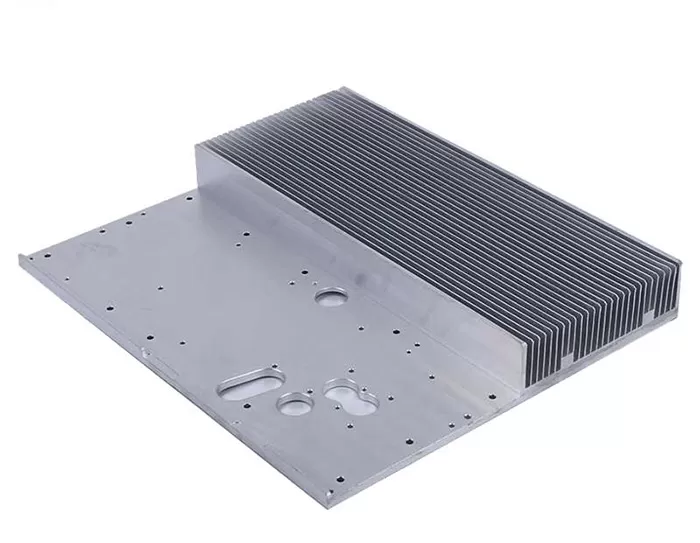
Oil heat sink is also called oil cooler.It is an oil cooling device used in diesel engines.There are two types: water-cooled and air-cooled.The air-cooled type is generally installed in front of the heat sink of the engine cooling system and uses the wind power of the cooling fan to cool the engine oil.The water-cooled oil radiator is installed in the engine cooling water circuit. When the oil temperature is high, it is cooled by the coolant. When the oil temperature is low during starting, it absorbs heat from the cold fluid to quickly increase the oil temperature.
The function of the oil heat sink is to cool the engine oil and keep the oil temperature within the normal operating range.The functions of the oil radiator are as follows:
1. When the car is not warmed, that is, during cold start, the oil heat sink can absorb heat from cold water, thereby heating the oil faster.
2. When the engine oil temperature is high, the oil heat sink can be cooled by cooling water.
3. If the oil heat sink leaks oil, the steering wheel will be heavy and steering will be difficult.
On high-power reinforced engines, due to the high heat load, when the engine is running, the viscosity of the oil becomes thinner with increasing temperature, reducing lubrication capacity. Therefore, an oil heat sink must be installed. The oil heat sink is an important component of the engine, which regulates the temperature of the oil to ensure normal engine operation. On high-performance and high-power engines, it is necessary to install an oil heat sink to improve the reliability and lifespan of the engine. The working principle of an oil heat sink is the same as that of a heat sink, and it needs to be designed and selected according to the engine model and power requirements to meet the requirements of heat dissipation and installation space.


 +86-18902844286
+86-18902844286
 E-mail
E-mail
